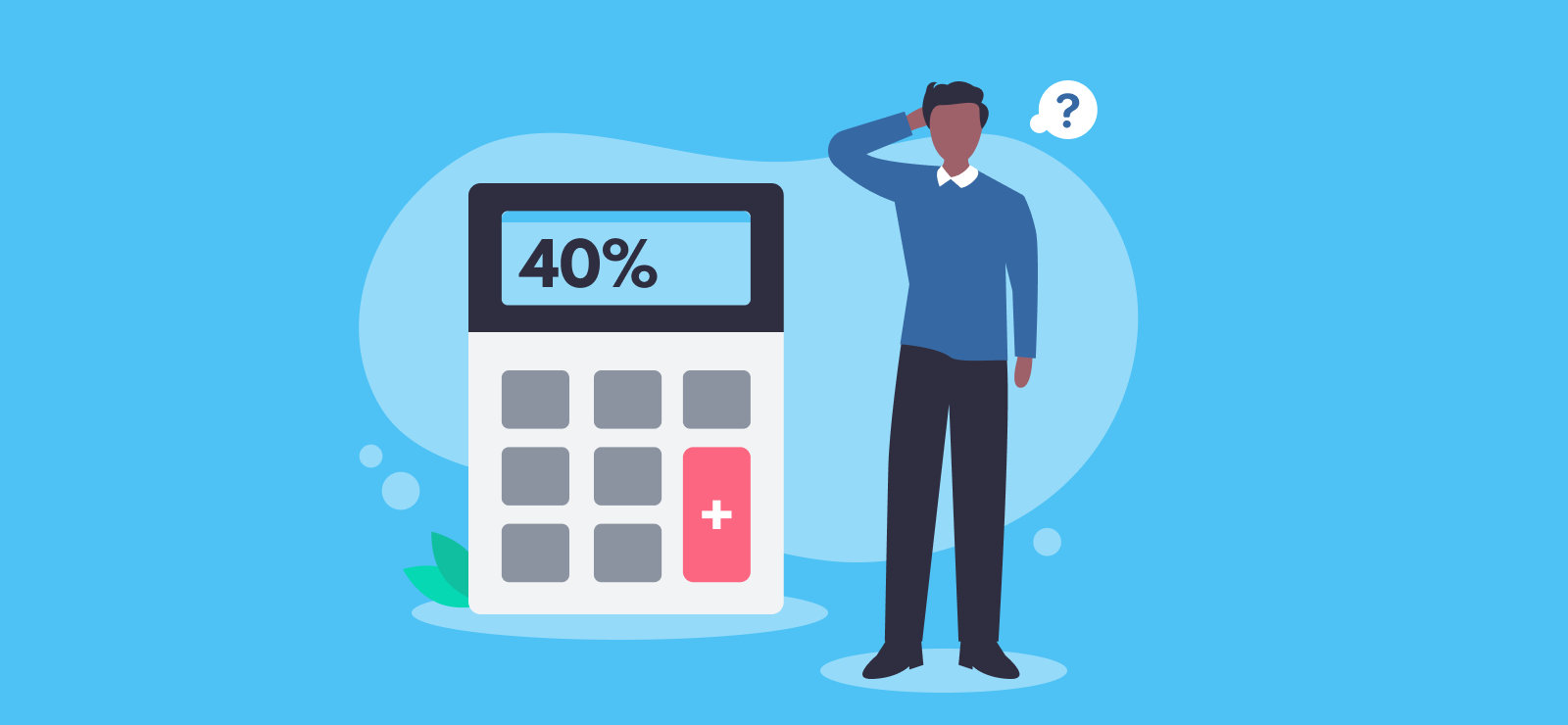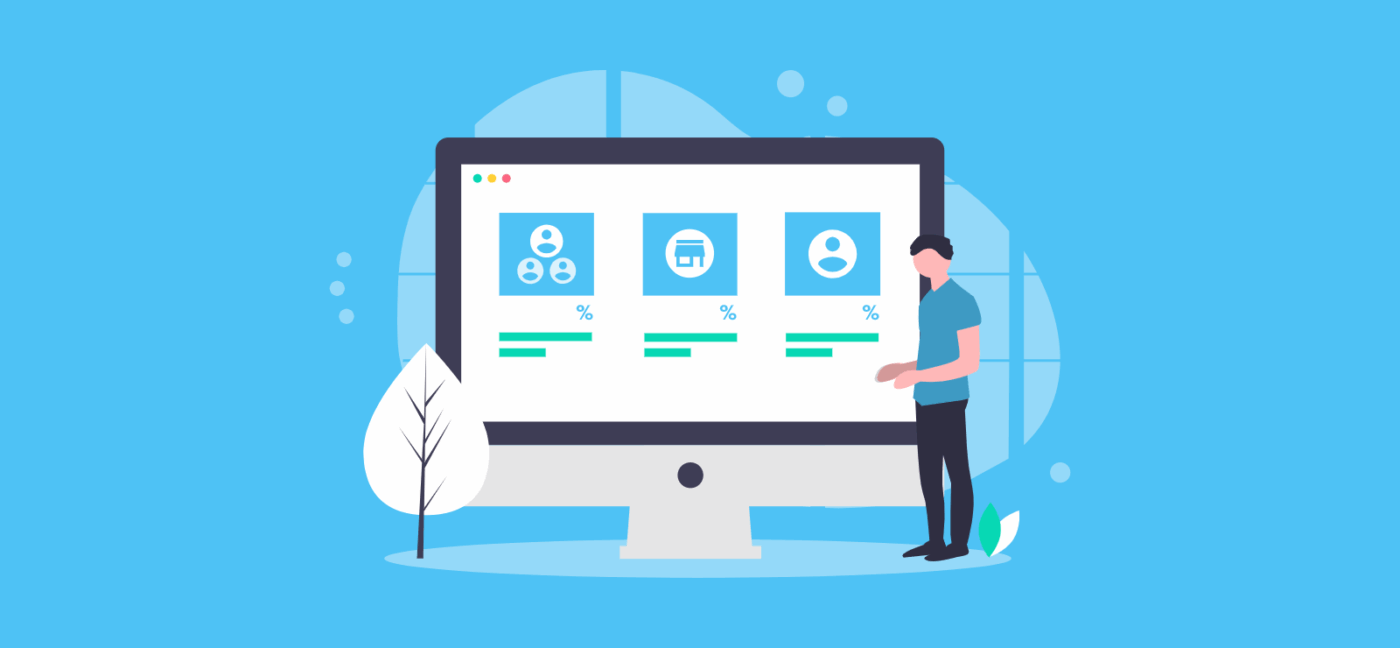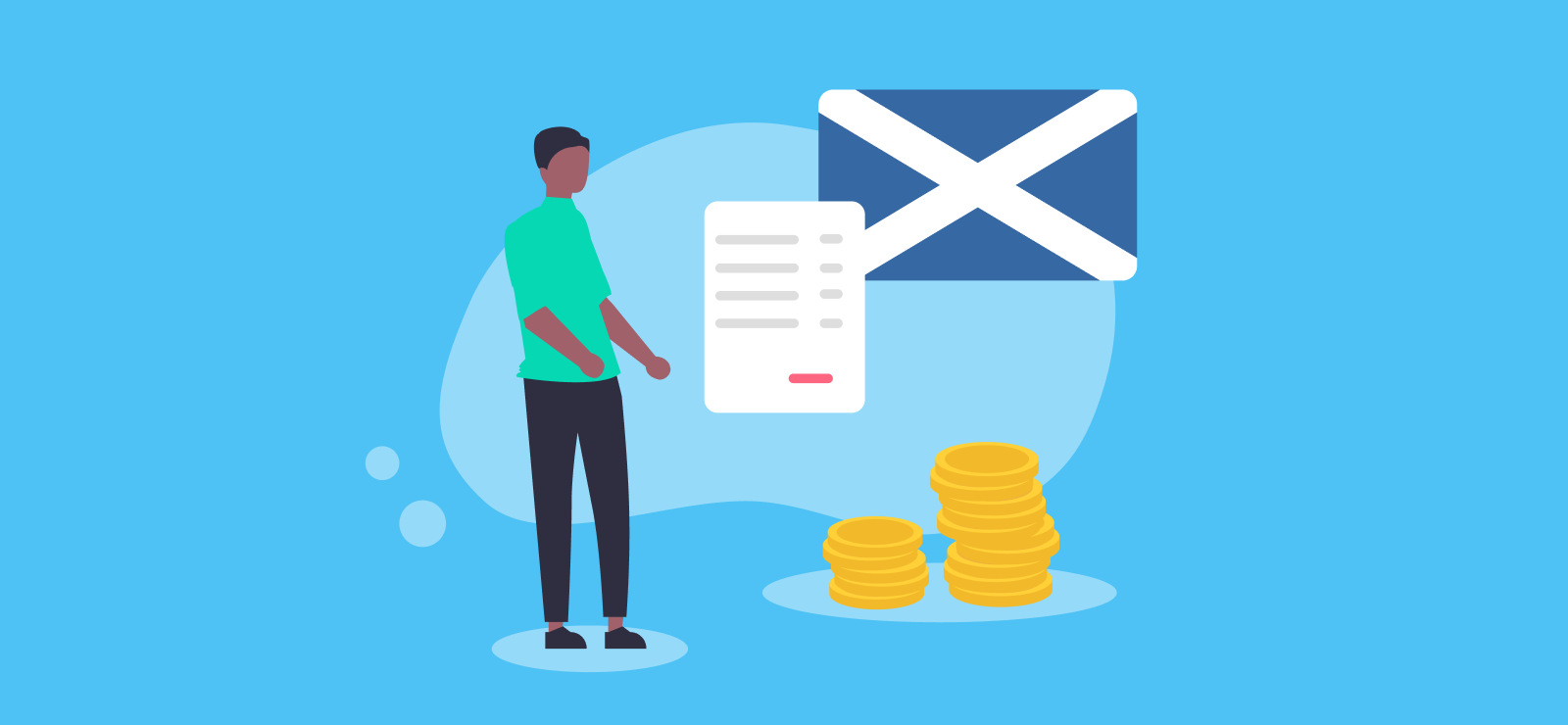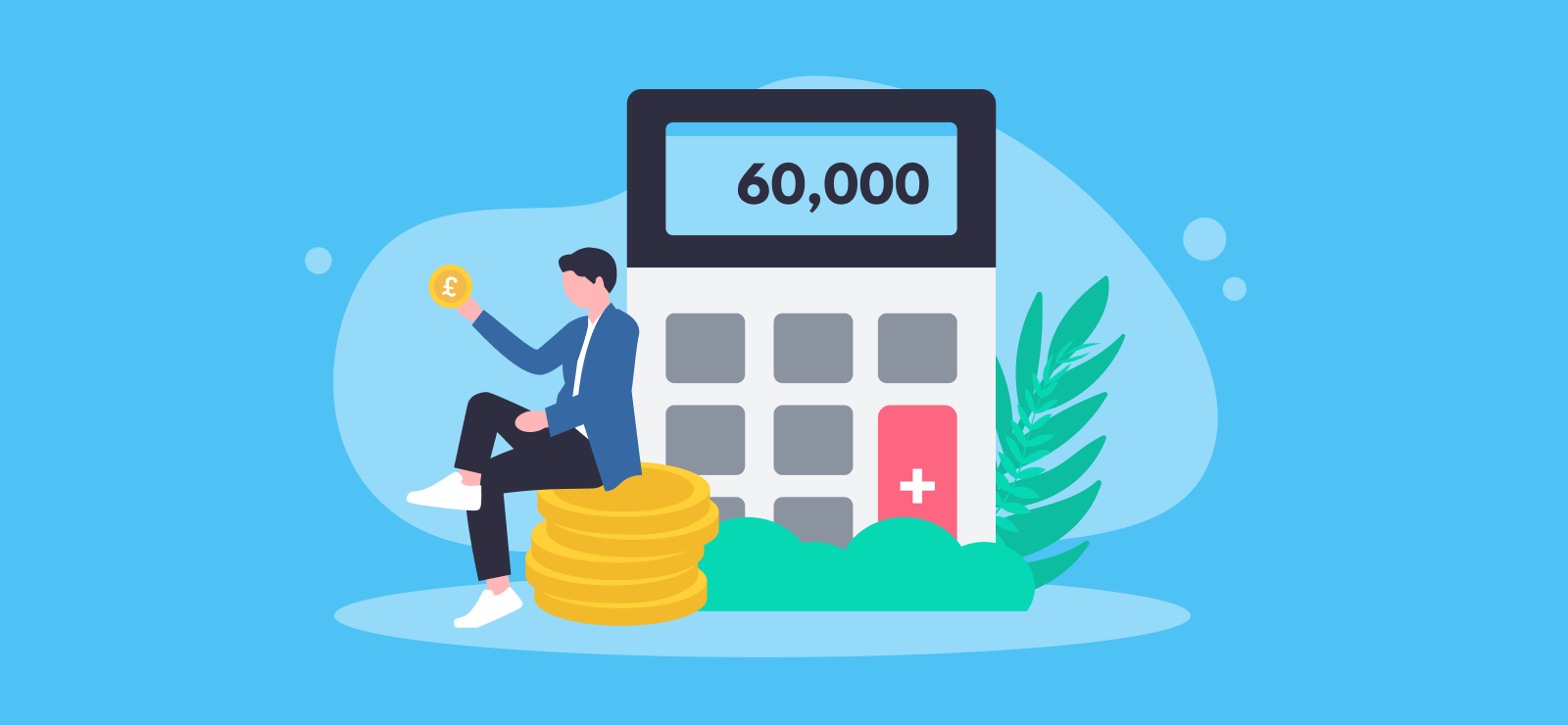

What is the 40% Tax Bracket?
Pay rises, bonuses, getting new clients on board – they’re all incredibly exciting and you should take some time to celebrate each and every one of these wins. While you’re enjoying your well-earned success though, you may notice the 40% tax bracket creeping closer, but what does this mean for you?
We’ll take a look at what the 40% tax bracket is, how much you can earn before reaching the threshold, and what it means for your tax bill.
What is the 40% tax bracket?
The 40% tax bracket is the ‘higher rate’ income tax band for those who earn between £50,271 - £125,140. There are four rates for income tax in England, Wales, and Northern Ireland, starting with the personal allowance, and then moving on to the basic rate, higher rate, and the additional rate.
2024/25 and 2025/26 income tax rates for England, Wales, and Northern Ireland
| Tax Rate | 2024/25 Tax Band Threshold |
2025/26 Tax Band Threshold |
| Personal allowance: How much income you can earn before you start to pay income tax. No tax on this income. | Up to £12,570 | Up to £12,570 |
| Basic rate income tax: 20% tax on the proportion of income which falls into this tax bracket. | £12,571 - £50,270 20% |
£12,571 - £50,270 20% |
| Higher rate income tax: The part of your income which falls into this tax band is taxed at 40% | £50,271 - £125,140 40% |
£50,271 - £125,140 40% |
| Additional rate income tax: This is the highest rate. The income you earn above this threshold is subject to tax at 45% | £125,140 upwards 45% |
£125,140 upwards 45% |
Check out our article on UK tax rates for England, Wales and Northern Ireland here. The rates are different if you’re based in Scotland, which we explain in a separate article.
How much do I have to earn to be in the 40% tax bracket?
To be in the 40% tax bracket, your total income for the tax year will need to exceed the basic rate, landing you in the ‘higher rate’ bracket.
This means the amount you make that’s within this bracket will be taxed at 40%, and then £125,140 upwards will go in to the ‘additional rate’ band, which is taxed at 45%.
Does the 40% tax bracket ever change?
The thresholds for the 40% tax bracket can change depending on decisions made by the government as part of the annual budget. They’re unlikely to be changing anytime soon though, because the current personal tax-free allowances and bands are frozen until 2028. It’s important to keep tabs on how much personal allowance you’re entitled to, as well as the current tax rates.
What does the marginal tax rate mean?
In a nutshell, the marginal tax rate is the tax you pay on your highest pound of income. Let’s say you earn £60,000 per year; your marginal tax rate is 40% because that’s the tax bracket you’re in for the next pound that you earn.
Will I pay 40% tax on all my earnings?
The great news is no, you will not pay 40% tax on all your earnings. It’s a common misconception that once you hit a tax band, you’ll pay the new tax rate on every penny you earn, but we promise this isn’t the case. We include an example of how the tax bands work below, and you can also use our online salary calculator to estimate your take home pay.
For example
If you earn a total of £55,000 each tax year you’ll pay:
0% tax on the first £12,570
20% tax on your earnings between £12,571 - £50,270
40% tax on your earnings between £50,271 – £55,000
So, in total, you’re only paying the 40% tax rate on £4,729 of your earnings.
What higher rate tax means for your savings allowance
If you’re in the higher rate tax band, you’ll be entitled to a personal savings allowance which allows you to earn up to £500 in interest on your savings, without having to pay any tax on it.
What can I do to reduce my taxes if I’m in the higher rate?
Hitting the 40% tax bracket might mean you’re earning more, but it’s also useful to make sure you’re as tax efficient as possible. Every little helps when it comes to reducing your tax bill.
Check if you’re eligible for any tax allowances or deductions
In the UK, you may be entitled to certain tax allowances – for instance, if you’re married you may be entitled to marriage allowance (depending on whether or not you and your spouse meet the requirements).
If you’re self-employed and run your own business then you might be able to deduct allowable expenses to reduce your tax bill. You might even be able to claim different types of allowances and relief for Capital Gains Tax.
Are you paying yourself efficiently?
Running your business as a sole trader means any profit you make will be subject to income tax and National Insurance, even if you don’t actually take it from the business for personal use.
Some business owners find it more tax efficient to form a limited company, and then pay themselves by taking a salary as a director along with dividend payments from the company’s profits.
The business structure you choose can have a big impact on the way that you pay tax, but there are considerations depending on your circumstances!
Look at investing into a savings account
Some savings accounts, such as Individual Savings Accounts (ISAs) have tax-free benefits. To reduce your taxable income, you can put money into your savings, and you won’t pay tax on any interest or dividends you receive from these accounts.
Ensure you’re paying into your pension scheme
If you’re employed, paying into your pension scheme reduces your taxable income (as your pension contributions are free from income tax). It also means whenever you pay into your pension, you’re refunded the income tax you initially paid. You can also make tax-efficient pension payments if you’re self-employed – particularly if you operate as a limited company.
See what salary sacrifice schemes your employer offers
This isn’t standard in every business, but some businesses may offer a salary sacrifice scheme, where they allow you to exchange some of your salary for things like additional pension contributions (or another non-cash benefit). This can help reduce your taxable income! Just be aware that the tax-free benefits of this will be capped at £2,000 from 6th April 2029 (so the first £2k will be tax-free, and then the government will charge employee and employer National Insurance on any contributions above that).
Donate to charity
Any donations you make to a charity or amateur sports club are completely tax free. If you want to make donations, you’ll need to keep a record and take it off your total taxable income.
Learn more about our online accounting services for businesses. Call 020 3355 4047 to chat to the team and get an instant online quote.
Want to learn more?
Subscribe to our newsletter to get accounting tips like this right to your inbox

Read more posts...

UK Tax Rates, Thresholds and Allowances for the Self-Employed
15th January 2026Read our guide to UK tax rates and thresholds for sole traders, limited companies, partners and partnerships, employers, and other businesses. Paying…
Read More
Scottish Income Tax Rates and Thresholds for 2025/26 and 2026/27
13th January 2026If you live or work in Scotland then you may need to pay tax on your earnings using the Scottish Income Tax…
Read More
How Much Is My Take Home Pay After Tax on 60k?
9th January 2026Working out how much tax you need to pay can be messy business – especially if maths wasn’t your best subject at…
Read MoreConfirm Transactions
The number of monthly transactions you have entered based on your turnover seem high. A transaction is one bookkeeping entry such as a sale, purchase, payment or receipt. Are you sure this is correct?
Please contact our sales team if you’re unsure
VAT Returns
It is unlikely you will need this service, unless you are voluntarily registered for VAT.
Are you sure this is correct?
Call us on 020 3355 4047 if you’re not sure.
Bookkeeping
You will receive our bookkeeping software Pandle for free, as part of your package.
You can use this to complete your own bookkeeping, or we can provide a quote to complete your bookkeeping for you.
Please select and option below:
Call us on 020 3355 4047 if you’re not sure.

